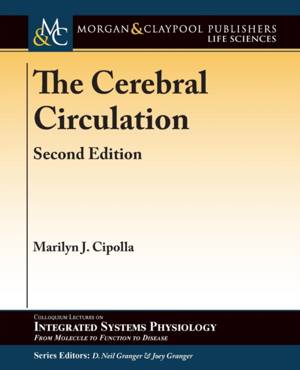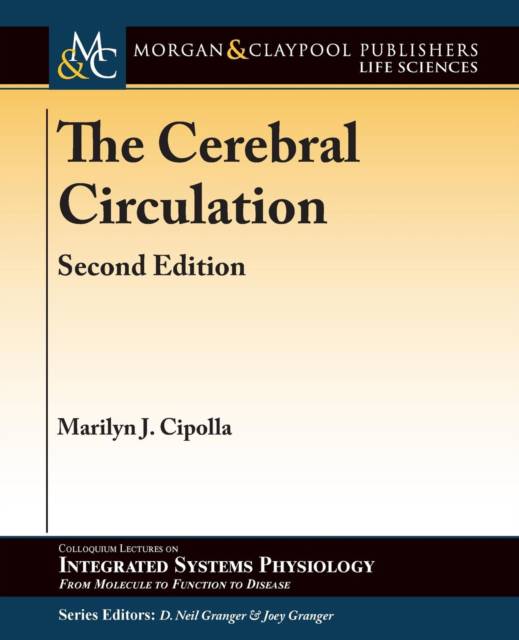
- Afhalen na 1 uur in een winkel met voorraad
- Gratis thuislevering in België vanaf € 30
- Ruim aanbod met 7 miljoen producten
- Afhalen na 1 uur in een winkel met voorraad
- Gratis thuislevering in België vanaf € 30
- Ruim aanbod met 7 miljoen producten
Zoeken
Omschrijving
This e-book will review special features of the cerebral circulation and how they contribute to the physiology of the brain. It describes structural and functional properties of the cerebral circulation that are unique to the brain, an organ with high metabolic demands and the need for tight water and ion homeostasis. Autoregulation is pronounced in the brain, with myogenic, metabolic and neurogenic mechanisms contributing to maintain relatively constant blood flow during both increases and decreases in pressure. In addition, unlike peripheral organs where the majority of vascular resistance resides in small arteries and arterioles, large extracranial and intracranial arteries contribute significantly to vascular resistance in the brain. The prominent role of large arteries in cerebrovascular resistance helps maintain blood flow and protect downstream vessels during changes in perfusion pressure. The cerebral endothelium is also unique in that its barrier properties are in some way more like epithelium than endothelium in the periphery. The cerebral endothelium, known as the blood-brain barrier, has specialized tight junctions that do not allow ions to pass freely and has very low hydraulic conductivity and transcellular transport. This special configuration modifies Starling's forces in the brain microcirculation such that ions retained in the vascular lumen oppose water movement due to hydrostatic pressure. Tight water regulation is necessary in the brain because it has limited capacity for expansion within the skull. Increased intracranial pressure due to vasogenic edema can cause severe neurologic complications and death.
Specificaties
Betrokkenen
- Auteur(s):
- Uitgeverij:
Inhoud
- Aantal bladzijden:
- 80
- Taal:
- Engels
- Reeks:
Eigenschappen
- Productcode (EAN):
- 9781615047222
- Verschijningsdatum:
- 28/07/2016
- Uitvoering:
- Paperback
- Formaat:
- Trade paperback (VS)
- Afmetingen:
- 190 mm x 235 mm
- Gewicht:
- 149 g

Alleen bij Standaard Boekhandel
+ 106 punten op je klantenkaart van Standaard Boekhandel
Beoordelingen
We publiceren alleen reviews die voldoen aan de voorwaarden voor reviews. Bekijk onze voorwaarden voor reviews.











